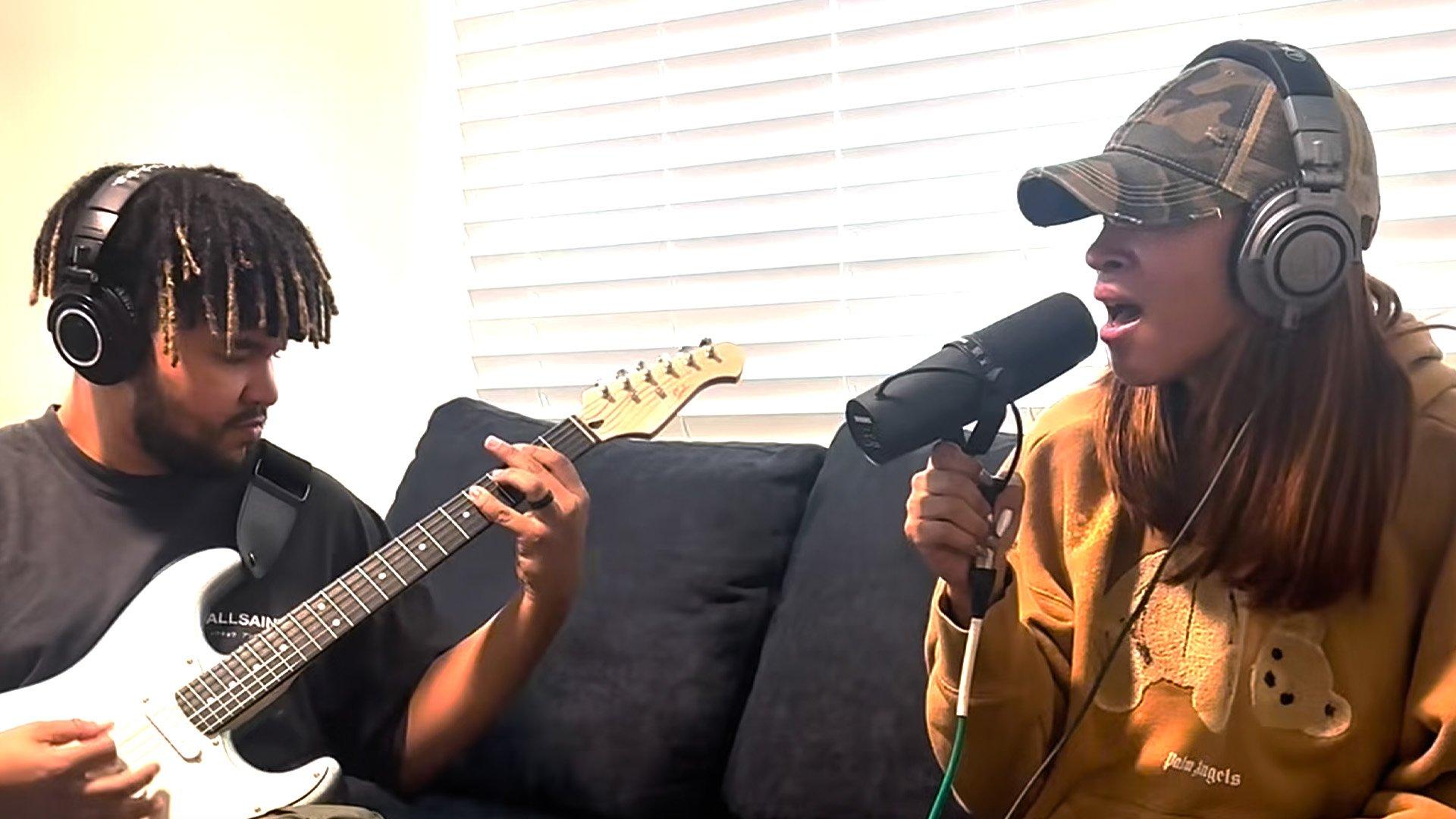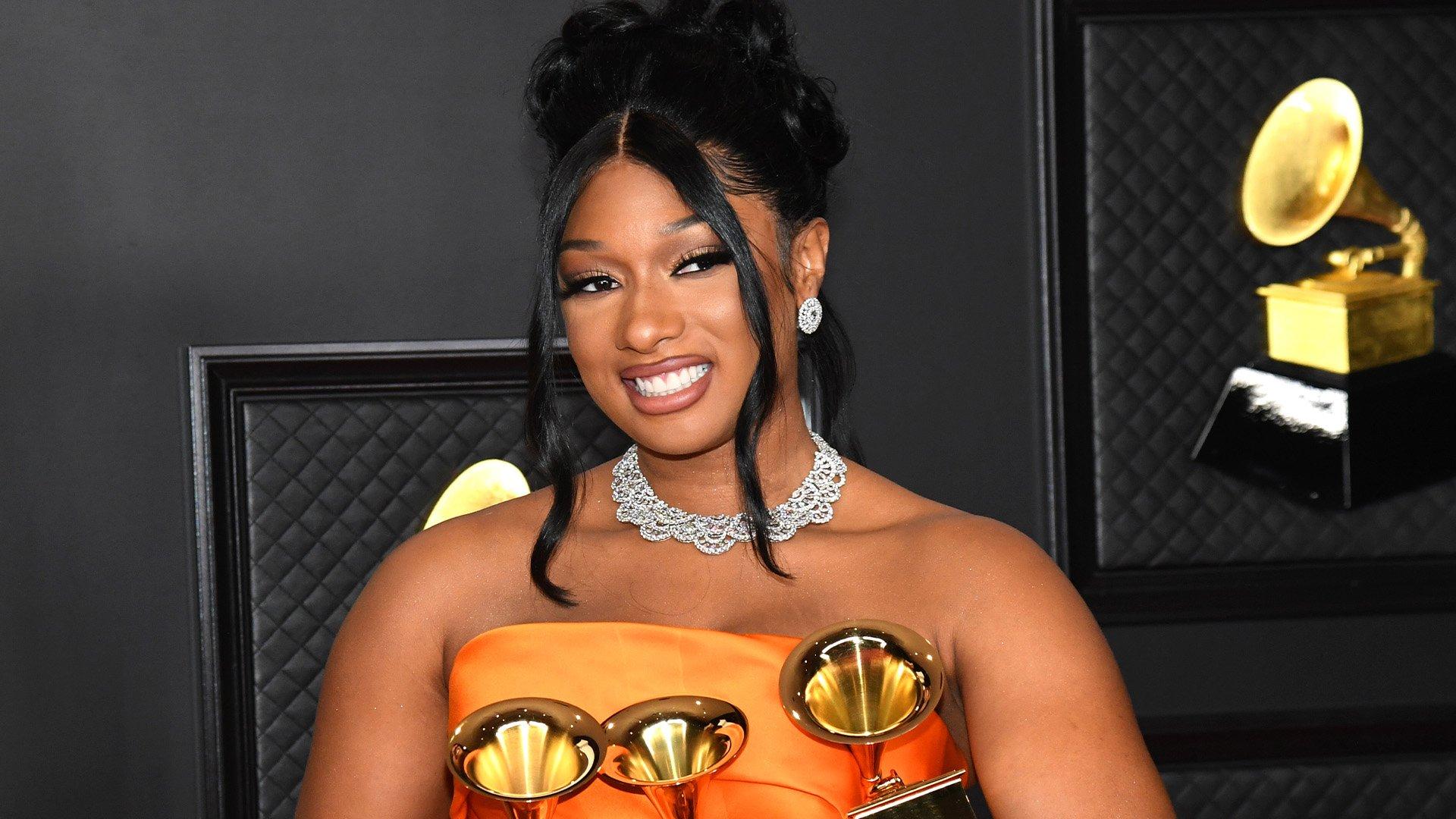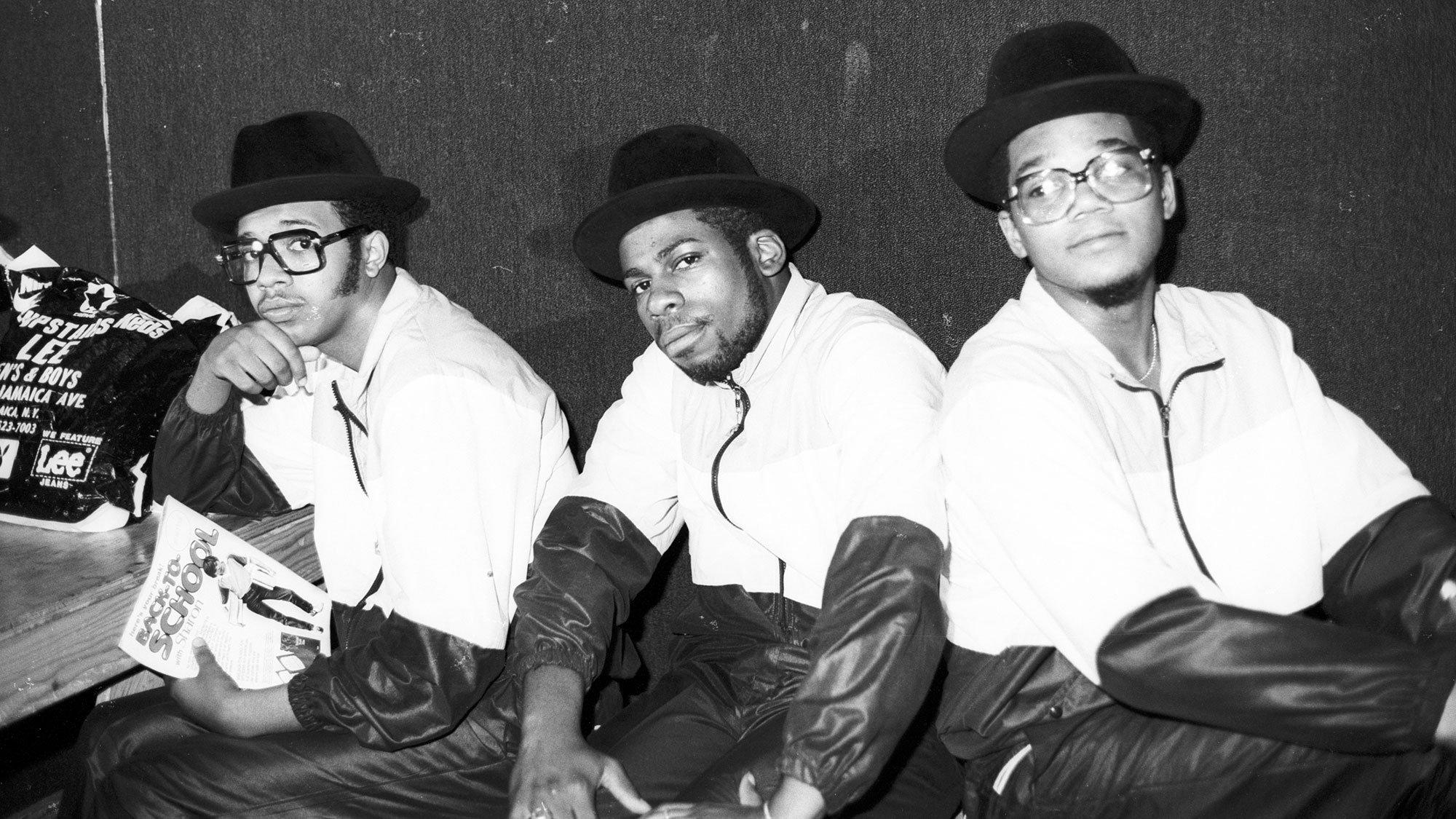"You don't know that people are going to 40 years later call you up and say, ‘Can you talk about this record from 40 years ago?’"
That was Cory Robbins, former president of Profile Records, reaction to speaking to Grammy.com about one of the first albums his then-fledgling label released. Run-DMC’s self-titled debut made its way into the world four decades ago this week on March 27, 1984 and established the group, in Robbins’ words, "the Beatles of hip-hop."
Rarely in music, or anything else, is there a clear demarcation between old and new. Styles change gradually, and artistic movements usually get contextualized, and often even named, after they’ve already passed from the scene. But Run-DMC the album, and the singles that led up to it, were a definitive breaking point. Rap before it instantly, and eternally, became “old school.” And three guys from Hollis, Queens — Joseph "Run" Simmons, Jason "Jam Master Jay" Mizell, Darryl "D.M.C." McDaniels — helped turn a burgeoning genre on its head.
What exactly was different about Run-DMC? Some of the answers can be glimpsed by a look at the record’s opening song. "Hard Times" is a cover of a Kurtis Blow track from his 1980 debut album. The connection makes sense. Kurtis and Run’s older brother Russell Simmons met in college, and Russell quickly became the rapper’s manager. That led to Run working as Kurtis’ DJ. Larry Smith, who produced Run-DMC, even played on Kurtis’ original version of the song.
But despite those tie-ins, the two takes on "Hard Times" are night and day. Kurtis Blow’s is exactly what rap music was in its earliest recorded form: a full band playing something familiar (in this case, a James Brown-esque groove, bridge and percussion breakdown inclusive.)
What Run-DMC does with it is entirely different. The song is stripped down to its bare essence. There’s a drum machine, a sole repeated keyboard stab, vocals, and… well, that’s about it. No solos, no guitar, no band at all. Run and DMC are trading off lines in an aggressive near-shout. It’s simple and ruthlessly effective, a throwback to the then-fading culture of live park jams. But it was so starkly different from other rap recordings of the time, which were pretty much all in the style of Blow’s record, that it felt new and vital.
"Production-wise, Sugar Hill [the record label that released many key early rap singles] built themselves on the model of Motown, which is to say, they had their own production studios and they had a house band and they recorded on the premises," explains Bill Adler, who handled PR for Run-DMC and other key rap acts at the time.
"They made magnificent records, but that’s not how rap was performed in parks," he continues. "It’s not how it was performed live by the kids who were actually making the music."
Run-DMC’s musical aesthetic was, in some ways, a lucky accident. Larry Smith, the musician who produced the album, had worked with a band previously. In fact, the reason two of the songs on the album bear the subtitle "Krush Groove" is because the drum patterns are taken from his band Orange Krush’s song “Action.”
Read more: Essential Hip-Hop Releases From The 1970s: Kurtis Blow, Grandmaster Flash, Sugarhill Gang & More
But by the time sessions for Run-DMC came around, the money had run out and, despite his desire to have the music done by a full band, Smith was forced to go without them and rely on a drum machine.
His artistic partner on the production side was Russell Simmons. Simmons, who has been accused over the past seven years of numerous instances of sexual assault dating back decades, was back in 1983-4 the person providing the creative vision to match Smith’s musical knowledge.
Orange Krush’s drummer Trevor Gale remembered the dynamic like this (as quoted in Geoff Edgers’ Walk This Way: Run-DMC, Aerosmith, and the Song that Changed American Music Forever): “Larry was the guy who said, 'Play four bars, stop on the fifth bar, come back in on the fourth beat of the fifth bar.' Russell was the guy that was there that said, ‘I don’t like how that feels. Make it sound like mashed potato with gravy on it.’”
Explore The Artists Who Changed Hip-Hop
It wasn’t just the music that set Run-DMC apart from its predecessors. Their look was also starkly different, and that influenced everything about the group, including the way their audience viewed them.
Most of the first generation of recorded rappers were, Bill Adler remembers, influenced visually by either Michael Jackson or George Clinton and Parliament-Funkadelic. Run-DMC was different.
"Their fashion sense was very street oriented," Adler explains. "And that was something that emanated from Jam Master Jay. Jason just always had a ton of style. He got a lot of his sartorial style from his older brother, Marvin Thompson. Jay looked up to his older brother and kind of dressed the way that Marvin did, including the Stetson hat.
"When Run and D told Russ, Jason is going to be our deejay, Russell got one look at Jay and said, ‘Okay, from now on, you guys are going to dress like him.’"
Run, DMC, and Jay looked like their audience. That not only set them apart from the costumed likes of Grandmaster Flash and the Furious Five, it also cemented the group’s relationship with their listeners.
"When you saw Run-DMC, you didn’t see celebrity. You saw yourself," DMC said in the group’s recent docuseries.
Read more: 20 Iconic Hip-Hop Style Moments: From Run-D.M.C. To Runways
Another thing that set Run-DMC (the album) and Run-DMC (the group) apart from what came before was the fact that they released a cohesive rap album. Nine songs that all belonged together, not just a collection of already-released singles and some novelties. Rappers had released albums prior to Run-DMC, but that’s exactly what they were: hits and some other stuff — sung love ballads or rock and roll covers, or other experiments rightfully near-forgotten.
"There were a few [rap] albums [at the time], but they were pretty crappy. They were usually just a bunch of singles thrown together," Cory Robbins recalls.
Not this album. It set a template that lasted for years: Some social commentary, some bragging, a song or two to show off the DJ. A balance of records aimed at the radio and at the hard-core fans. You can still see traces of Run-DMC in pretty much every rap album released today.
Listeners and critics reacted. The album got a four-star review in Rolling Stone with “the music…that backs these tracks is surprisingly varied, for all its bare bones” and an A minus from Robert Christgau who claimed “It's easily the canniest and most formally sustained rap album ever.” Just nine months after its release, Run-DMC was certified gold, the first rap LP ever to earn that honor. "Rock Box" also single-handedly invented rap-rock, thanks to Eddie Martinez’s loud guitars.
There is another major way in which the record was revolutionary. The video for "Rock Box" was the first rap video to ever get into regular rotation on MTV and, the first true rap video ever played on the channel at all, period. Run-DMC’s rise to MTV fame represented a significant moment in breaking racial barriers in mainstream music broadcasting.
"There’s no overstating the importance of that video," Adler tells me. vIt broke through the color line at MTV and opened the door to a cataclysmic change."
"Everybody watched MTV forty years ago," Robbins agrees. "It was a phenomenal thing nationwide. Even if we got three or four plays a week of ‘Rock Box’ on MTV, that did move the needle."
All of this: the new musical style, the relatable image, the MTV pathbreaking, and the attendant critical love and huge sales (well over 10 times what their label head was expecting when he commissioned the album from a reluctant Russell Simmons — "I hoping it would sell thirty or forty thousand," Robbins says now): all of it contributed to making Run-DMC what it is: a game-changer.
"It was the first serious rap album," Robbins tells me. And while you could well accuse him of bias — the group making an album at all was his idea in the first place — he’s absolutely right.
Run-DMC changed everything. It split the rap world into old school and new school, and things would never be the same.
Perhaps the record’s only flaw is one that wouldn’t be discovered for years. As we’re about to get off the phone, Robbins tells me about a mistake on the cover, one he didn’t notice until the record was printed and it was too late.
There was something (Robbins doesn’t quite recall what) between Run and DMC in the cover photo. The art director didn’t like it and proceeded to airbrush it out. But he missed something. On the vinyl, if you look between the letters "M" and "C,", you can see DMC’s disembodied left hand, floating ghost-like in mid-air. While it was an oversight, it’s hard not to see this as a sign, a sort of premonition that the album itself would hang over all of hip-hop, with an influence that might be hard to see at first, but that never goes away.
A Guide To New York Hip-Hop: Unpacking The Sound Of Rap's Birthplace From The Bronx To Staten Island





